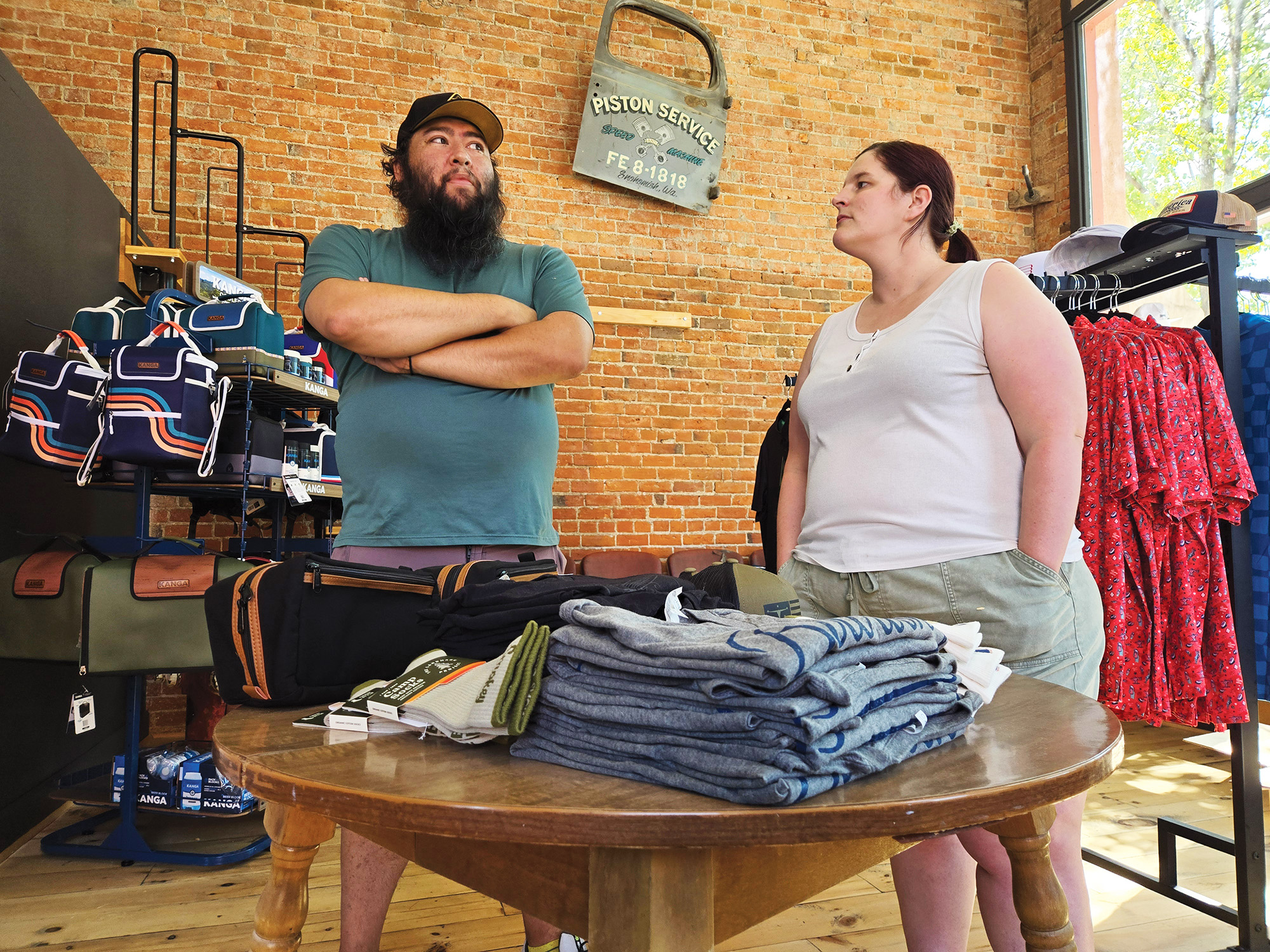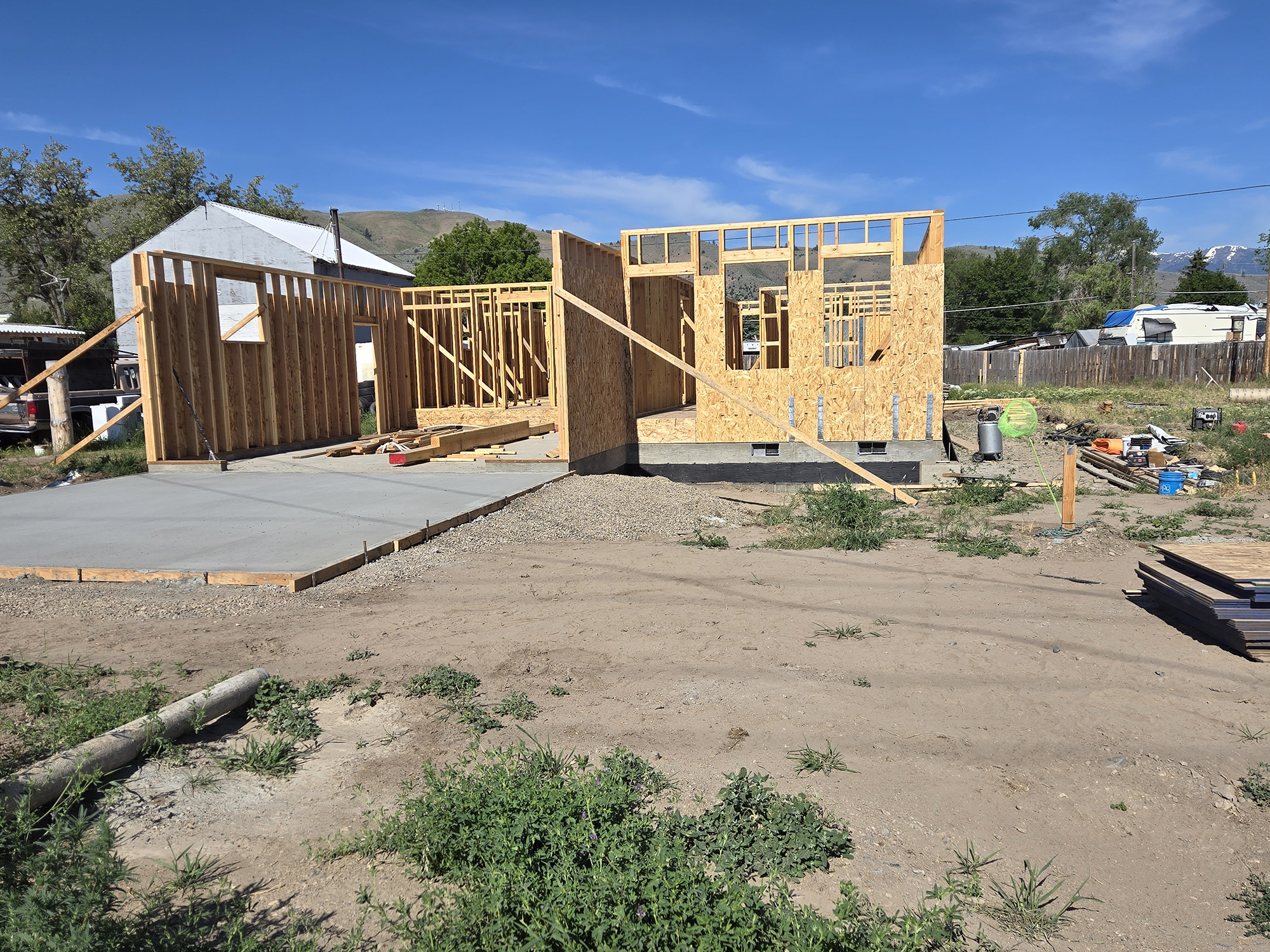COLUMN: Seeking to pierce the veil of COVID-19 secrecy
Published 1:55 pm Friday, April 9, 2021
You might scoff at the notion that you haven’t heard enough about COVID-19.
Trending
Perhaps you would even utter a piquant epithet.
More than a year into the biggest viral pandemic in more than a century, you might indeed struggle to think of another topic that you’d be happier to banish to history, there to gradually accumulate the rusty and musty patina of an unloved artifact.
I sympathize with the mental fatigue.
Trending
For more than a dozen months now we’ve been inundated daily with data on tests and cases and — more recently but also happily — vaccinations.
I would be grateful to pass a full day without seeing or hearing the word “virus.”
This would give me more time to ponder such vital topics as the newest flavor of Oreo, and to patrol my yard for spring weeds.
And yet, as tiresome as these incessant repetitions of the same statistics are, I don’t think we know nearly as much as we ought to know about this pandemic.
Which is to say, we don’t know many of the things we need to know to assess, in a cogent way, what this virus has done, and continues to do, to our communities.
The reason we don’t know these things is because state officials, and in some cases their counterparts at the county level, have denied them to us.
Their justification for this secrecy is about as convincing as the banana flavor in Laffy Taffy.
(And with a similarly unpleasant aftertaste.)
One excuse is that state and federal health privacy laws prevent government officials from divulging details about the pandemic.
This would be sensible if people were asking to poke around in somebody’s medical files, the paperwork version of a colonoscopy, but without the need to insert tubes into orifices that generally fare well with minimal interference.
But it strikes me as illogical, and not a little infuriating, for government officials to refuse to reveal such anonymous statistics as the number of people, in a particular age range in Baker County, who have tested positive.
This would no more pierce anybody’s individual veil of privacy than if this newspaper reported the number of county residents who own Ford F-150 pickup trucks as compared with Dodge Rams.
Some statewide demographic statistics about COVID-19 are available on the Oregon Health Authority (OHA) website. And although I understand the notion that the vastly larger numbers involved at the state level offer a theoretical cloak of privacy, compared with Baker County’s relatively puny population, for practical purposes the difference seems to me negligible.
For instance, statewide, there are about 26,000 cases among Oregonians ages 40 to 49, roughly 15% of the state’s total cases. This hardly makes it possible to identify any individual in that age range. The comparable number for that age range in Baker County, assuming a similar percentage of the total, would be around 118 people. But I can only guess, because the county-level data aren’t available. I don’t know if 15% of the county’s cases are people in their 40s, or if it’s 5%, or 35%. But whatever the actual number is, it seems to me nonsensical to contend that if the public were privy to those numbers, we would then be able to easily identify every one of the people who tested positive.
According to recent reporting in The Oregonian, the tool of concealment favored by the OHA is not the federal health privacy law but rather a homegrown Oregon statute, 433.008.
(As an aside, I find it eternally disappointing to learn that our laws require three decimal places to keep things straight. This suggests a volume of legal strictures which hardly is necessary to govern a society comprising, in the main, responsible and law-abiding citizens.)
The gist of that state statute is that agencies needn’t comply with Oregon’s Public Records Law when the information in question was gathered as part of investigating a public health matter such as the COVID-19 pandemic.
The OHA has cited that statute many times in rejecting public records requests from journalists and others, according to The Oregonian.
(A second aside — the public records law, although frequently employed by journalists, is, as its name implies, designed to make government records available to “the public,” which is all of us, whether we occasionally use a byline or not. Journalists might have a keener interest in obtaining certain records, but we have no greater legal right to them. Which is as it should be.)
The Society of Professional Journalists, not surprisingly, has challenged the state’s reliance on 433.008 to prevent the media from reporting more thoroughly, and thus informatively, about the pandemic.
So have non-journalists, in some cases.
Their efforts have yielded some successes. The OHA’s online COVID-19 dashboards are richer sources of information now than they were early in the pandemic.
Yet the agency remains obstinate with regard to matters whose importance, and relevance, is so obvious that to deny the information to the public is an act of supreme bureaucratic arrogance.
Just recently OHA rejected The Oregonian’s request, under the Public Records Law, for the number of Oregonians who have been infected with COVID-19 despite being fully vaccinated. The agency’s excuse is that the cases are still under investigation. OHA did release general information about the 168 “breakthrough” cases on Thursday, April 8.
Annoyance among journalists and the public has the potential to at least weaken the figurative mortar in this baffling barrier the state has erected.
But more promisingly, some state lawmakers are also aggrieved by the inexplicable secrecy.
State Sen. Michael Dembrow, D-Portland, introduced Senate Bill 719. The legislation, as drafted, would require both the OHA and county health agencies to hand over public records, including those related to COVID-19, unless, according to The Oregonian, “there is a legitimate risk that an individual’s identity could be compromised.”
“We’re talking about legitimate need to know for the public,” Dembrow said at a legislative hearing for the bill March 24.
“Legitimate,” of course, is a slippery sort of adjective.
I’m skeptical that bureaucrats will define the word as liberally as you or I is likely to do.
But even a slightly neutered version of Dembrow’s bill ought to give the public a more comprehensive idea of how the virus has affected our cities, counties and the state as a whole.
Baker County Commissioner Mark Bennett, who has served as the county’s incident commander throughout the pandemic, has told me at least half a dozen times during phone conversations that although he understands the legal limits on releasing data about COVID-19, he’s also immensely frustrated about what he considers overly broad interpretations of privacy laws. Bennett has told me that as an elected official, one who’s supposed to represent his constituents during a difficult period, he feels hamstrung because he doesn’t know much more, and in some ways nothing more, than any other resident about the virus’ spread in the county.
I’m not suggesting that Bennett ought to be privy to reams of data that are concealed from journalists and the public.
But he, unlike me, actually has to make decisions that have widespread effects, decisions based, at least in part, on the pandemic.
That state officials, and in some cases those at the county level, are not sharing some of that information with Bennett and other decisionmakers, strikes me as the sort of dogged insistence on obfuscation that George Orwell described so pointedly.
Jayson Jacoby is editor of the Baker City Herald.








